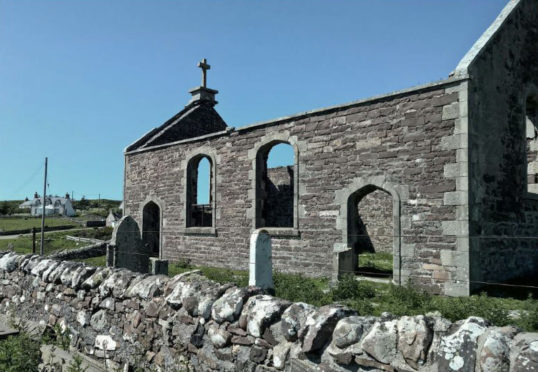A controversial plan to renovate a ruined historic Thomas Telford Parliamentarian Church and resurrect it into a holiday home has split a Highland community.
An Edinburgh-based architect is proposing to turn 19th century Stoer Church in Sutherland into a four-bedroom property that he initially plans to lease out to visitors to recoup the construction costs.
There have been over 50 objections lodged, but the proposed development has also won 20 representations of support.
Protesters claim it would have an unacceptable impact on the graveyard, adding that it is consecrated land and should be respected.
Local resident Bill Badger believes the development would cause disruption to villagers and it would also be a loss of a major tourist attraction.
He added that the area was already well served by many holiday and second homes.
Architect Guy Morgan and his wife Lisa bought the church several years ago after regularly visiting the area and seeing the church in its ruinous state.
Recommending approval, area planning officer Gillian Webster said: “It is recognised that the application has aroused strong feelings given the sensitivity associated with the location of the site.
“The applicant has developed a proposal whereby the memorials in the burial ground will not be disturbed during the renovation/construction of the church.”
Built in 1828, it was one of 32 “Parliamentary Churches” designed by Thomas Telford and once had a congregation of hundreds.
This story was updated on 15 April. The photograph was changed to the correct image.










